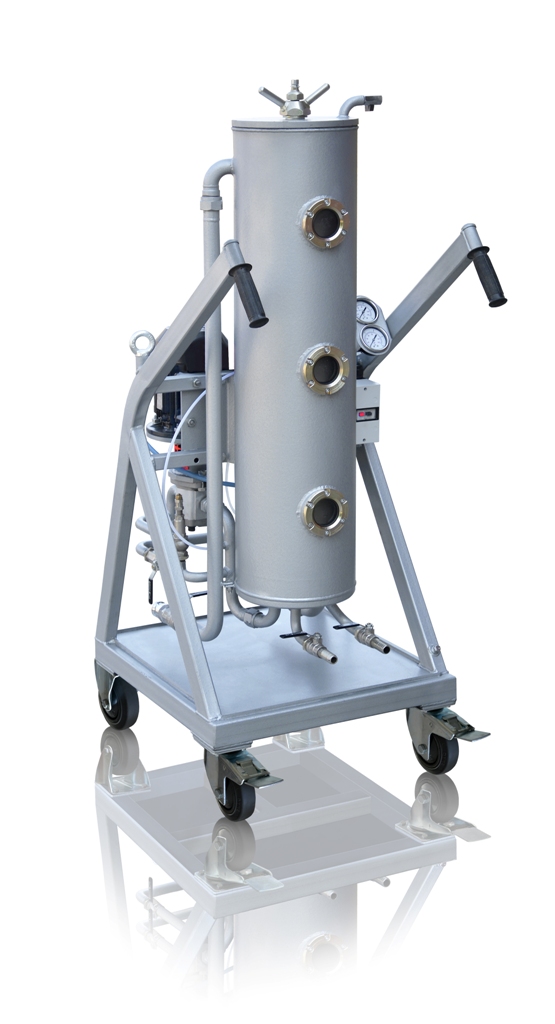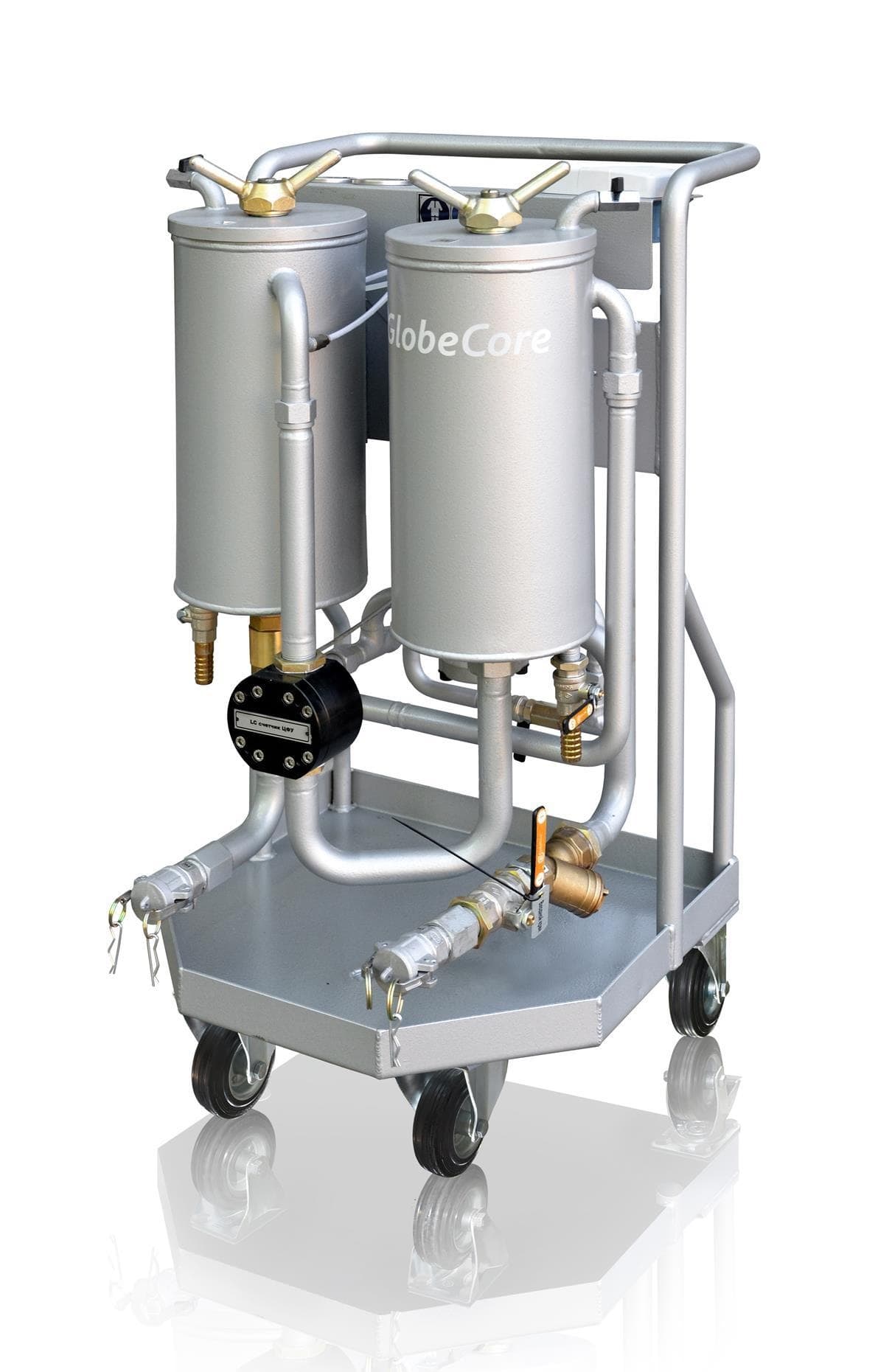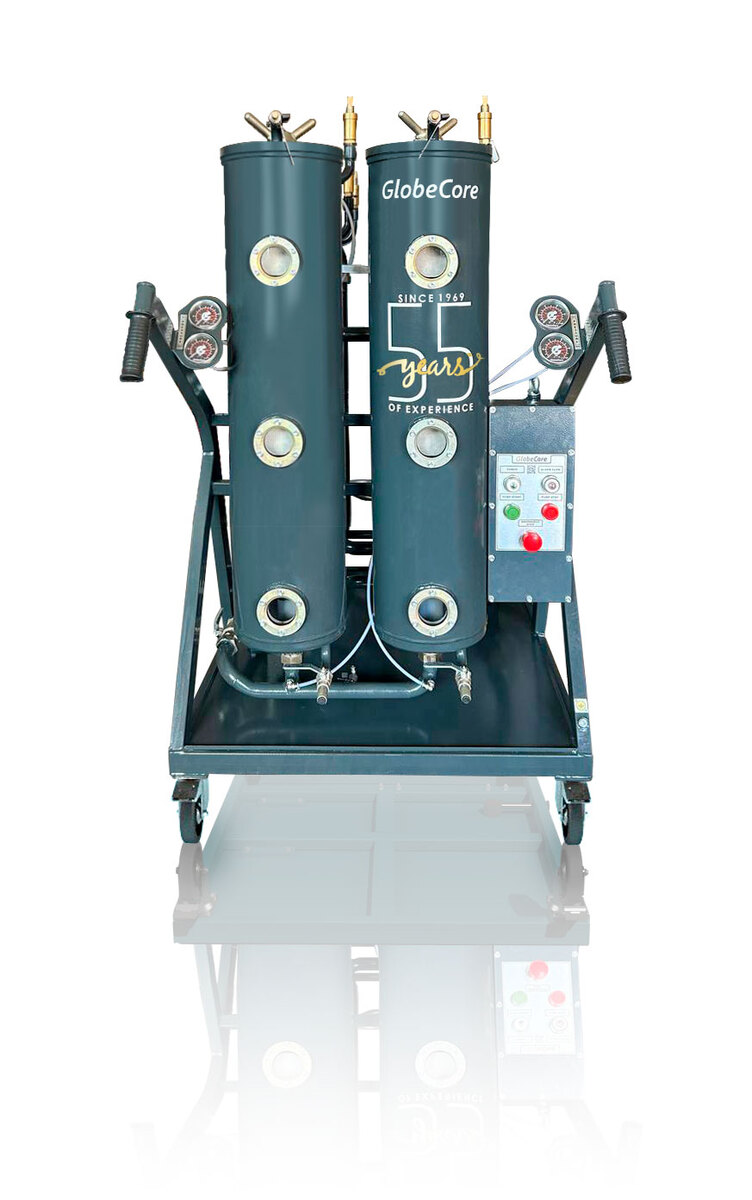What is the environmental impact of cutting oil and how can it be minimized through purification?
- This topic has 1 reply, 2 voices, and was last updated 1 year, 3 months ago by .
Answers
-
October 2, 2024 at 1:33 pm by Laura Anderson
Cutting oil can have significant environmental impacts if not managed properly, including pollution from improper disposal and potential harm to aquatic life due to toxic substances. Airborne oil mist can contribute to air quality issues. By implementing cutting oil purification, these impacts are minimized. Purification extends the life of the oil, reducing the frequency of disposal and the volume of waste generated. Proper filtration prevents leaks and spills, and the use of mist collection systems reduces airborne emissions. Recycling and reusing cutting oil decrease the demand for new oil production, conserving natural resources. Compliance with environmental regulations and adopting sustainable practices further reduce the environmental footprint of machining operations.



